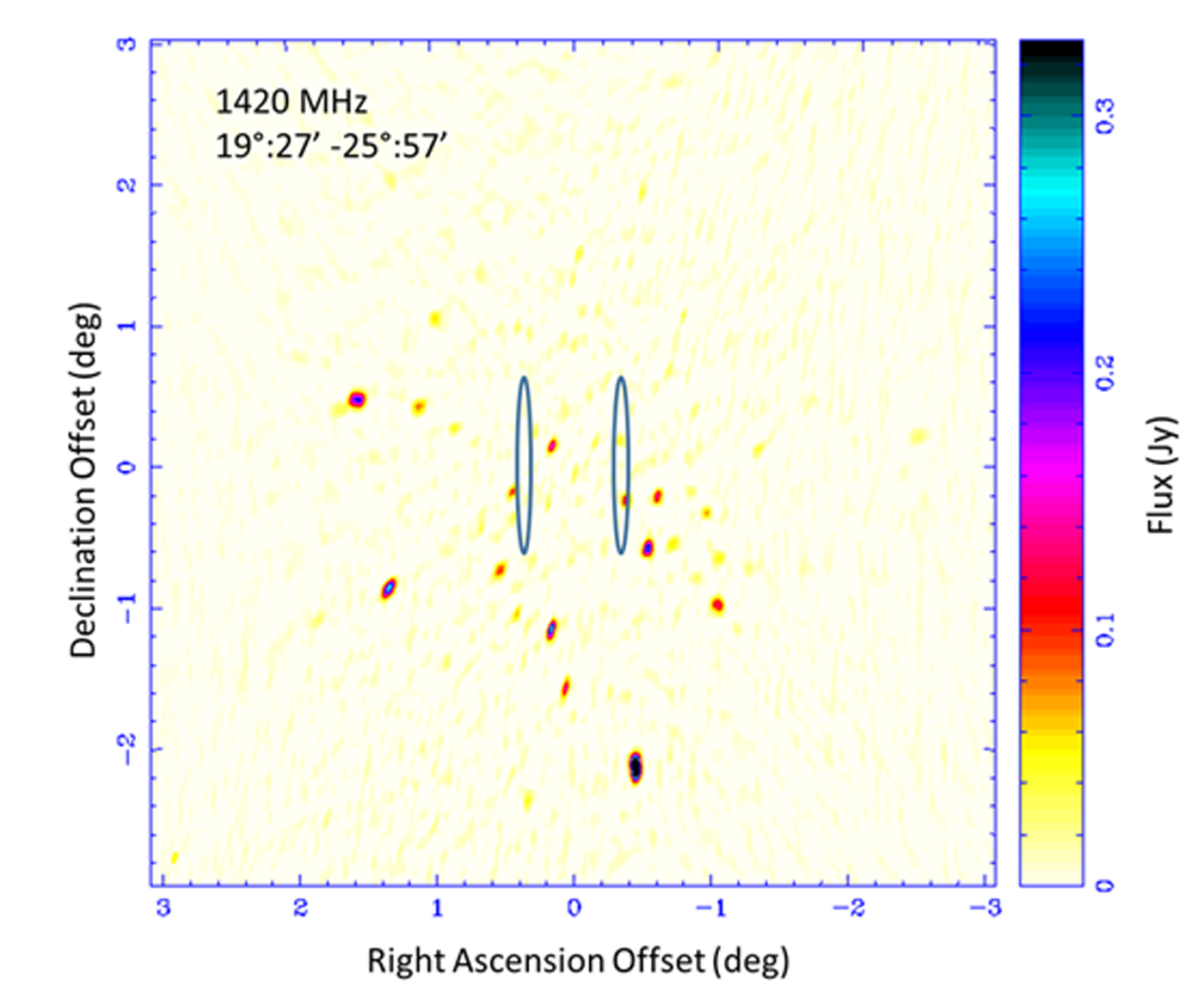


Krause, who built homemade radio telescopes and fought to raise support and funds for the science. The story begins with pioneer radio astronomers like John D. Wow Signal traces the evolution of Radio Astronomy and looks at its contributions to the body of knowledge concerning the known universe. Original print out of signal with note by astronomer. Radio Astronomers have mapped the known universe, discovered Quasars and twenty-thousand sources emitting radio frequencies in the universe around the earth. The Search for Extraterrestrial Intelligence (SETA) is a well-known occupation of radio astronomy, however, it is only one aspect of the science. Wow Signal, directed by Bob Dawson, explores the world of Radio Astronomy and the search for sentient life in the universe along with the origins of the Wow Signal. Many theories and explanations have been speculated on it but none ever proved. To this day there has not been another signal from space like it detected. It was a narrow-bandwidth signal like those generated by AM radio. It was stronger than anything in the background sky that night. The signal lasted for 72 seconds and contained what appeared to be intelligent code. but there's nothing to back it up”, Ehman said in an interview in 1994.5 Regardless of its origin and the skepticism of its discoverer, the Wow! signal has long remained what some might consider the best candidate to date for an intelligent extraterrestrial signal.On August 15, 1977, the “Big Ear” Radio telescope at Ohio State University received an unusually powerful radio frequency signal from outer space. Many have posited possible explanations ranging from spy satellites to comets yet no convincing consensus has been reached. Since the discovery, there have been dozens, if not hundreds, of follow-up observations, all of which came up empty. One final peculiarity about the Wow! signal is that it did not repeat. Figure 4 depicts a letter by John Kraus held in the archives of the National Radio Astronomy Observatory, in which he responds to a request from Carl Sagan for more information about the signal. Nonetheless, the Wow! Signal excited the SETI community.

However, like many radio astronomers pestered about the possible extraterrestrial origin of their signals, Ehman did not believe the evidence was convincing enough to make a claim of first contact. While the Wow! signal is not visible in the continuum, it appears only once in the spectral record, indicating it came from a transient source.Īs a result, speculation quickly arose that the signal might be a fleeting transmission from extraterrestrial intelligence. The background radio galaxies from the survey appear twice, indicating they passed through both beams. Figure 3 depicts the continuum signal, the sum of all frequency channels. The Wow! signal read as “6EQUJ5”, meaning it reached a peak signal-to-noise ratio of 30 (Figure 2).Ĭuriously, although Big Ear had two feed horns, which observed sources at slightly different times as the sky passed overhead, the Wow! signal passed through only one of them. On a scale ranging from 1 to 35, 1-9 were represented numerically, and 10-35 were represented with letters. The project used an alphanumeric code to record intensity of signals based on signal-to-noise ratio. The first thing that struck Ehman was the strength of the signal. Astonished by the implications, he quickly scribbled the words “Wow!” on the margins of the printout (Figure 1), unintentionally assigning the signal the designation it would carry for decades to come: the Wow! signal. 3 As one of those volunteer astronomers, Ehman was reviewing the data on the telescope printout when he noticed a peculiar set of characters in the second channel. The Big Ear search ran continuously for 22 years, earning it the title of world’s longest running SETI program. 2 Using a receiver with 50 frequency channels, the volunteer project systematically scanned the sky as part of the overall search for extraterrestrial intelligence (SETI). 1 When the National Science Foundation cut funding to Big Ear in 1972, the telescope continued to host an observing program run by volunteers. Between 19, Big Ear’s primary mission had been to conduct the Ohio Sky Survey, which identified and measured the strength of wideband radio sources. On 15 August 1977, Jerry Ehman noticed something peculiar while conducting a narrowband radio survey on Ohio State University’s Big Ear telescope. This month, guest author Rebecca Charbonneau of the National Radio Astronomy Observatory focuses on Jerry Ehman and the mysterious Wow! signal.

Each month as part of this series from the AAS Historical Astronomy Division, an important discovery or memorable event in the history of astronomy will be highlighted.


 0 kommentar(er)
0 kommentar(er)
